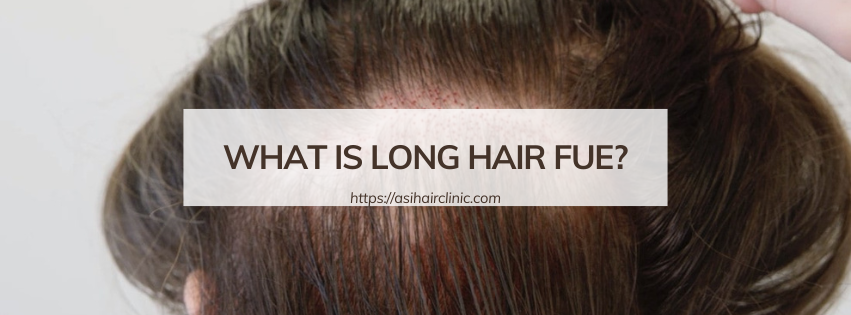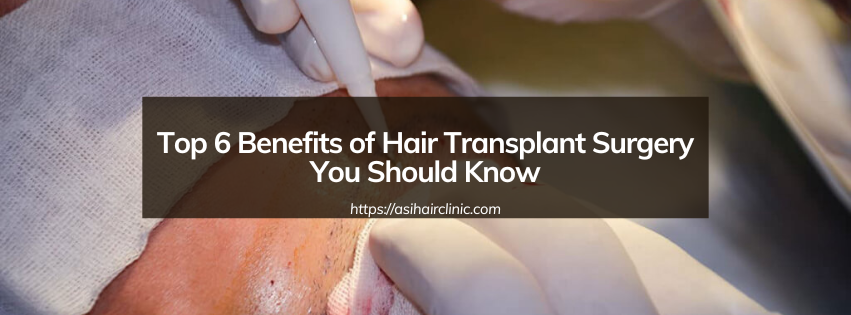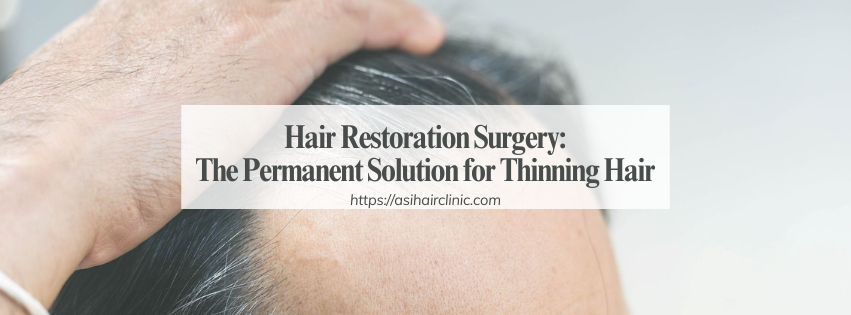Male baldness - Signs, causes and solutions
Male pattern baldness, also known as androgenetic alopecia, is a common condition that affects millions of men worldwide. It's a gradual process of hair loss that typically starts with a receding hairline and progresses to thinning on the crown of the head. While it can be a source of stress and anxiety for many, understanding the signs, causes, and potential solutions can empower individuals to manage their hair loss and maintain a positive self-image.
Recognize the signs of male baldness
The first signs of male pattern baldness often appear subtly and can be easily mistaken for a normal thinning of hair. These include:
- Receding hairline: The hairline typically starts to recede from the temples, creating a M shape.
- Thinning on the crown: The hair on the top of the head may become thinner, with visible scalp showing through.
- Changes in hair texture: The hair might become finer and more brittle.
- Increased shedding: You may notice an increased amount of hair in your brush, shower drain, or pillowcase.
If you are experiencing these symptoms, it's important to consult with a dermatologist or trichologist to receive a proper diagnosis and discuss potential treatment options. They will be able to determine if you are indeed experiencing male pattern baldness or if there is another underlying cause for your hair loss.
Understanding the Causes
Male pattern baldness is primarily driven by a combination of genetic predisposition and the influence of androgens, particularly dihydrotestosterone (DHT). Here are some factors that contribute to male pattern baldness:
Genetics
Genetics play a significant role in determining whether or not a man will experience male pattern baldness. It is estimated that up to 80% of cases are due to genetic predisposition. This means that if there is a history of male pattern baldness in your family, you are more likely to develop it as well.
Hormonal Changes
Hormonal changes can also contribute to male pattern baldness. Androgens, particularly DHT, are hormones responsible for the development of male characteristics and can also affect hair growth. In individuals with a genetic predisposition to male pattern baldness, DHT attaches to hair follicles and causes them to shrink, leading to shorter and thinner hair strands.
Age
As men age, their likelihood of developing male pattern baldness increases. This is because hormonal changes occur as we age, leading to an increase in DHT levels. This, combined with genetics, can accelerate the process of hair loss.
Treatment Options
While there is no cure for male pattern baldness, there are several treatment options available that can help slow down the process of hair loss and potentially even regrow hair. These include:
Medications
Medications such as minoxidil and finasteride are commonly used to treat male pattern baldness. Minoxidil, which is available over the counter, is a topical treatment that helps to stimulate hair growth. Finasteride, on the other hand, is a prescription medication that works by blocking the production of DHT. Both medications have been shown to be effective in slowing down hair loss and promoting hair growth.
Hair Transplantation
Hair transplantation involves taking hair follicles from areas of the scalp that are not affected by male pattern baldness and transplanting them to areas of thinning or balding. This procedure can provide long-term results and a more natural-looking appearance if performed by a skilled surgeon.
Low-Level Laser Therapy (LLLT)
LLLT is a non-invasive treatment option that uses low-level lasers to stimulate hair follicles and promote hair growth. It has been shown to be effective in reversing the miniaturization of hair follicles caused by DHT and can be done at home with handheld devices or in-clinic treatments.
Lifestyle Changes
While genetics and hormonal changes are major contributors to male pattern baldness, certain lifestyle choices can also play a role. Making these changes can help slow down the progression of hair loss:
Diet
A diet rich in vitamins and minerals is crucial for healthy hair growth. Foods high in protein, iron, and Omega-3 fatty acids can promote hair health and may slow down the effects of male pattern baldness. Additionally, reducing intake of processed foods and sugar can also be beneficial.
Stress Management
Stress can have a significant impact on our overall health, including hair loss. Chronic stress can lead to increased levels of DHT, causing hair follicles to shrink and leading to hair loss. Finding ways to manage stress, such as through exercise, meditation, or therapy, can help reduce its impact on hair loss.
Proper Hair Care
Using harsh hair styling products and subjecting hair to excessive heat and tension can damage hair and potentially accelerate hair loss. Opting for gentler hair care products and styles can help maintain the health of existing hair and prevent further damage.
Coping with Male Pattern Baldness
For some men, coping with male pattern baldness can be difficult and may lead to a decrease in self-esteem and confidence. Here are some ways to maintain a positive self-image while managing hair loss:
- Embrace your new look: Hair loss does not define you as a person, so try embracing your new appearance and focusing on other aspects of yourself that you love.
- Try a new hairstyle: Experimenting with different hairstyles can help you find one that suits your hair loss and makes you feel more comfortable.
- Consider a hairpiece: If you are not ready to embrace your hair loss, there are many options available for natural-looking hairpieces that can help boost your confidence.
- Seek support: Talking to friends, family, or a therapist about your feelings can help you cope with the emotional impact of male pattern baldness.
Conclusion
Male pattern baldness is a common condition that affects many men worldwide. While it may be distressing for some, understanding the signs, causes, and treatment options can empower individuals to manage their hair loss and maintain a positive self-image. With the right approach, it is possible to embrace and even overcome the challenges of male pattern baldness. Remember, hair does not define who we are as individuals, and confidence comes from within. So, embrace your unique appearance and know that you are more than just your hair.
LATEST POSTS








